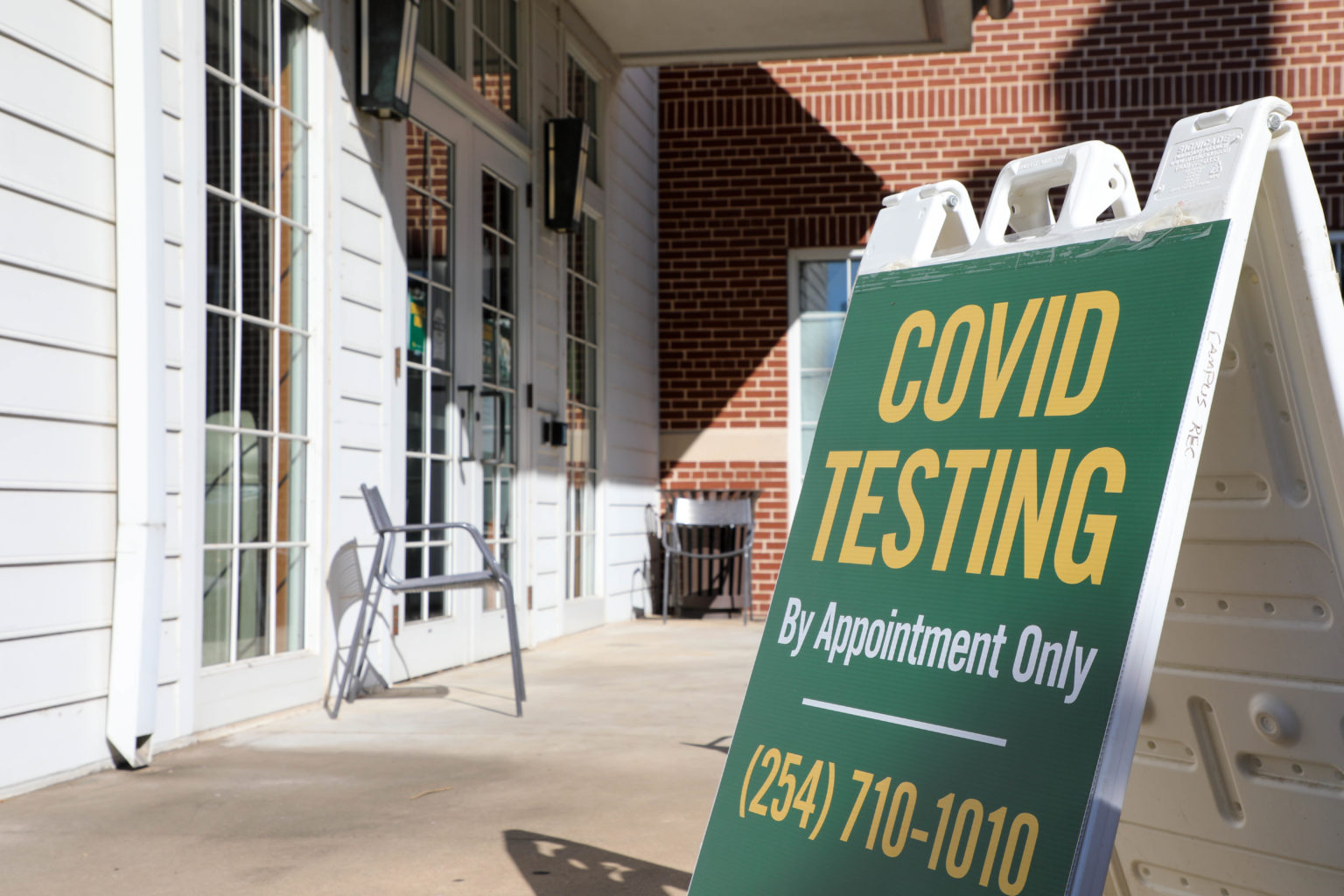By Vivian Roach | Staff Writer
Baylor’s protocol for students who test positive for the coronavirus includes a team of contact tracers who work with the student to identify and notify the student’s close contacts.
On Aug. 18, President Linda Livingstone said in a press conference that a team of trained contact tracers have been working with the county health department to quickly notify those with positive tests or who have been exposed.
“We have a significant part of our staff who are a part of this and feel like we have a good plan in place for doing that,” Livingstone said. “Contact tracing will also help us know if we need to do additional testing in certain areas or if we need to do more cleaning, among other things. It will start a process that will flow out to mitigate the risk of the spread of COVID-19.”
Baylor University Health Services medical director Dr. Sharon Stern said that students who test positive for the coronavirus on campus, or through My Labs Direct, are contacted by a nurse or doctor to alert them of their positive test and told to start thinking about people they have been in close contact with for their contact tracer.
“Then we talk to them about what a close contact is,” Stern said. “A close contact is defined as being within 6 feet for at least 15 minutes with a mask on or without.”
Contact tracers then collect a list of people’s names (with their phone numbers) they have been in contact with two days prior to the positive test or the onset of symptoms.
Students who test positive are told they need to be in isolation, generally for 10 days from the test date. After the 10 days, if the student is no longer showing symptoms, they are not advised to get tested again for another three months.
“You might get a negative. You might get a positive,” Stern said. “People can stay positive for up to three months and it doesn’t mean anything. It does not look like people can affect other people beyond that 10 day time frame, at least in most cases, unless they still have symptoms, they should isolate for a bit longer.”
Students on campus who test positive are moved to isolation housing with separate bathrooms and other services available to them.
“There is a wrap-around care that is done with Student Life and Spiritual Life,” Stern said. “They bring them their meals if they are on a meal plan. Someone will contact them to make sure they are doing okay.”
Spiritual Life keeps track of all the people in isolation and quarantine; they will send notes to professors saying those students will be out because of illness (they will not specify that it is COVID-19) and to try and work with them on distance learning. However, they will not give them any other information, Stern said. Students are responsible for notifying their professors they will be out of class for a positive test result or self-quarantine.
The school has recruited a team of staff members and graduate students to be contact tracers. The team is divided in two and trained according to their task.
“There is the investigation team to determine who is a close contact that would need to quarantine,” Stern said. “That is a long conversation, so we have a lot of people doing that. Then we have people who are just checking in on students, which is a quicker conversation,” Stern said.
If a student receives a positive test result from a testing agency outside Baylor, they should email that result to health_services@baylor.edu and a contact tracer from Baylor will be in touch.
“We realize at this point those people are on campus or close to campus, so we put them in the contact tracing pool,” Stern said.
The Centers for Disease Control and Prevention updated its guidelines Monday. The CDC said that those who have been exposed to the virus and don’t have symptoms, “do not necessarily need a test unless you are a vulnerable individual or your health care provider or state or local public health officials recommend you take one.”
Stern said Baylor would not be following that new directive.
“We are not changing our testing protocols, as a campus setting is different than a larger community setting,” Stern said.



